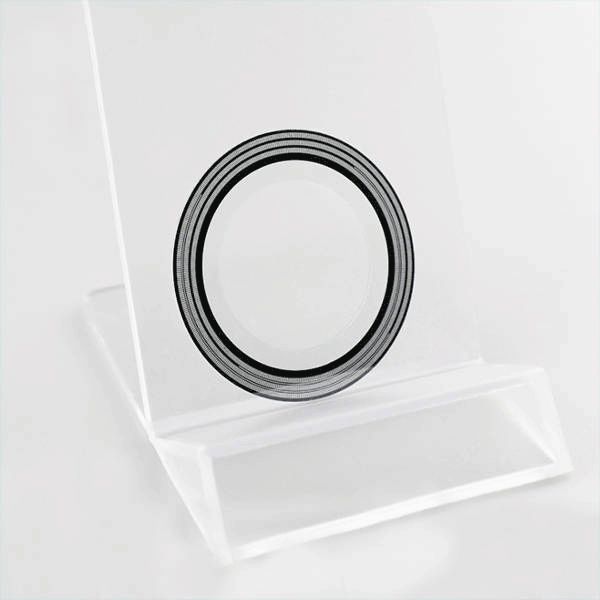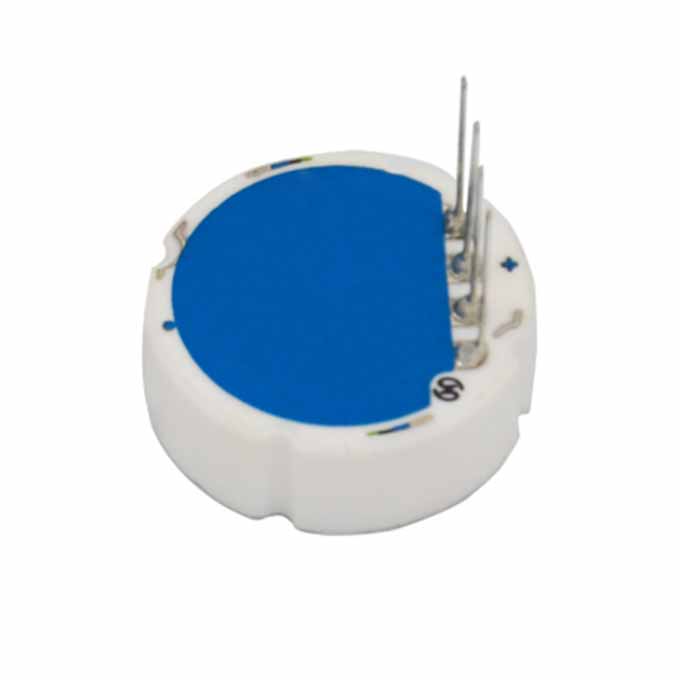What is an optical lens?
What is an optical lens?
An optical lens is an optical element made of a transparent material whose surface is part of a spherical surface. The lens is composed of several lenses, including plastic and glass. Glass lenses are more expensive than plastics. Therefore, a high-quality camera should use a glass lens, and its imaging effect is better than that of a plastic lens, and plays an important role in astronomy, military, transportation, medicine, art and other fields.
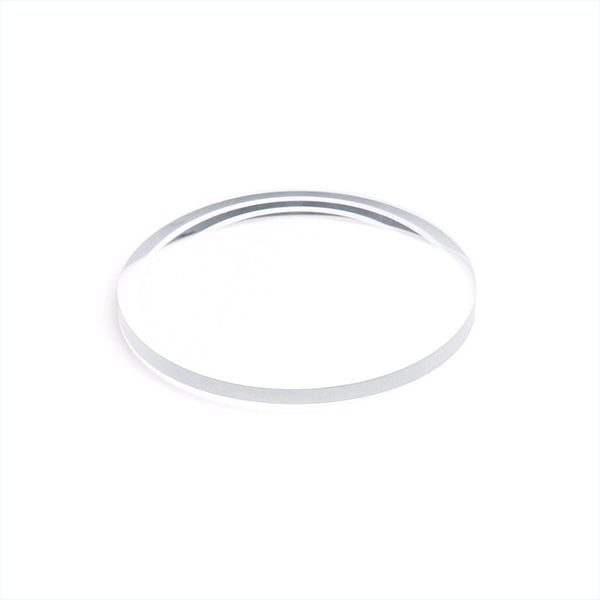
Chinese name: 光学透镜
Type: Optics
Material: transparent substance
Classification: plastic lens and glass lens
Concept
Optical lenses can be widely used in security, automotive, digital cameras, lasers, optical instruments and other fields. With the continuous development of the market, lens technology is becoming more and more widely used. (lens) lenses are made according to the laws of refraction of light. A lens is an optical element made of transparent substances (such as glass, crystal, etc.). A lens is a refractor whose refraction surface is a transparent body with two spherical surfaces (part of the spherical surface), or a spherical surface (part of the spherical surface) and a plane. It has both real and virtual images.
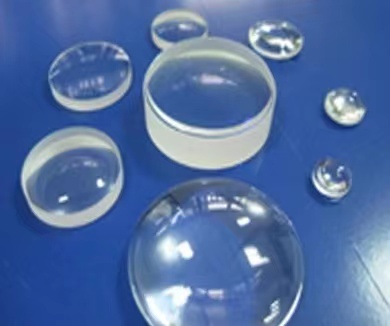
Optical lens category:
Convex lens: thick in the middle, thin in the edge, there are three types of biconvex, planoconvex, and concave;
Concave lens: thin in the middle and thick at the edge, there are three types: double concave, plano-concave, and convex-concave.
Product description
A thin lens is a lens in which the thickness of the central portion is large compared to the radii of curvature of its two sides. In the early days, the camera was only equipped with a lens with a convex lens, so it was called a "single lens". With the increasing development of science and technology, modern lenses have several different forms and functions of convex and concave lenses to form a converging lens, called "compound lens". The concave lens in the compound lens functions to correct various aberrations.
Optical glass has high transparency, purity, colorless, uniform texture, and good refractive power, so it is the main raw material for lens production.
Principle
A glass or plastic component used in lamps can change the direction of light or control the distribution of light.
The lens is the most basic optical element that constitutes the optical system of the microscope. The objective lens, eyepiece and condenser lens are all composed of single or multiple lenses. According to their different shapes, they can be divided into two categories: convex lenses (positive lenses) and concave lenses (negative lenses).
When a beam of rays parallel to the main optical axis passes through the convex lens and intersects at a point, this point is called the "focal point", and the plane passing through the focus and perpendicular to the optical axis is called the "focal plane". There are two focal points, the focus in the object space is called "object focus", and the focal plane there is called "object focal plane"; conversely, the focus in the image space is called "image focus". The focal plane at the focal plane is called the "image square focal plane".
After the light passes through the concave lens, it forms an upright virtual image, and the convex lens forms an inverted real image. Real images can appear on the screen, but virtual images cannot.
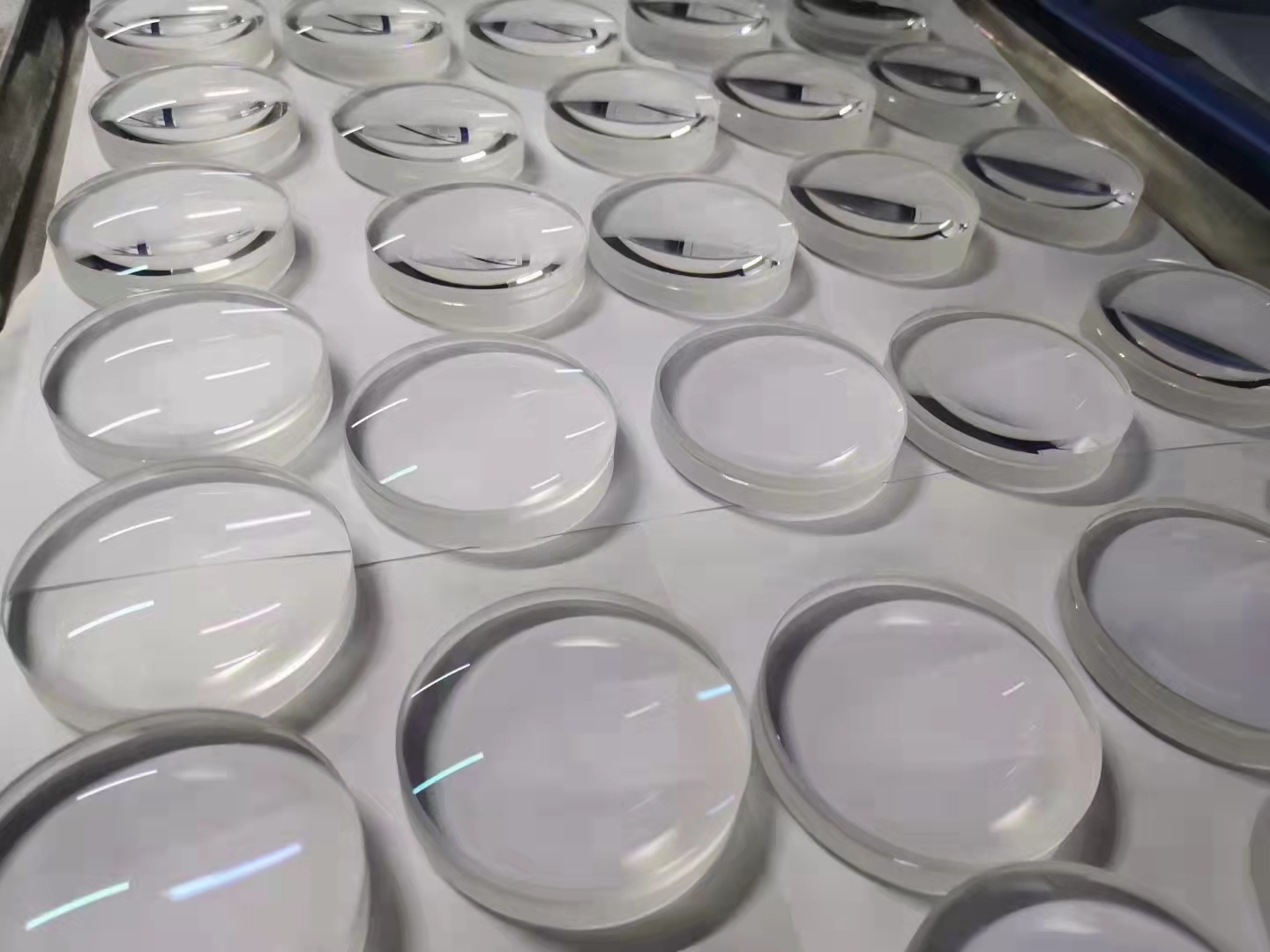
A convex lens is a lens that is thicker in the center and thinner at the edges. Convex lenses have the function of converging light, so they are also called "converging lenses" and "positive lenses" (which can be used for hyperopia and reading glasses). Such lenses can be divided into:
a. Biconvex lens - is a lens with two convex surfaces;
b. Plano-convex lens - a lens with one side convex and one side flat;
c. Meniscus lens - a lens with one side convex and one side concave.
The imaging law of convex lens means that when the object is placed outside the focus, an inverted real image is formed on the other side of the convex lens. The real image has three types: reduced, equal and enlarged. The smaller the object distance, the larger the image distance, and the larger the real image. When the object is placed in focus, an upright magnified virtual image is formed on the same side of the convex lens. The smaller the object distance, the smaller the image distance, and the smaller the virtual image. In optics, the image formed by the actual light is called a real image, which can be connected by a light screen; otherwise, it is called a virtual image, which can only be felt by the eyes. Experienced physics teachers, when describing the difference between real images and virtual images, often mention such a distinction method: "Real images are all upside down, while virtual images are upright." The so-called "upright" and "inverted", Of course relative to the original object.
Convex lens imaging principle
The parallel light (such as sunlight) is parallel to the main optical axis (the line connecting the spherical centers of the two spherical surfaces of the convex lens is called the main optical axis of the lens) into the convex lens. After the light is refracted twice on both sides of the lens, it is concentrated on the axis. The point above is called the focal point of the convex lens (symbol: F; English: focus). The convex lens has a real focal point on both sides of the mirror. If it is a thin lens, the distance from the two focal points to the center of the lens is roughly equal. . The focal length of a convex lens refers to the distance from the focal point to the center of the lens, usually denoted by f. The smaller the spherical radius of the convex lens, the shorter the focal length (mark: f, English: focal length). Convex lenses can be used for magnifying glasses, glasses worn by people with presbyopia and hyperopia, cameras, movie projectors, microscopes, and telescopes. Optical Center: The center O point of a convex lens is the optical center of the lens. Focal point: The light rays parallel to the main axis pass through the convex lens and converge at a point F on the main optical axis, which is the focal point of the convex lens. Focal length: The distance from the focal point F to the optical center O of the convex lens is called the focal length, and is represented by f. Object distance: The distance from the object to the optical center of the convex lens is called the object distance, which is represented by u. Image distance: The distance from the image formed by the convex lens to the optical center of the convex lens is called the image distance, which is represented by v.
Formula: 1/u (object distance) + 1/v (image distance) = 1/f (lens focal length)
(About the positive and negative of the sign: the object distance u is always a positive value. The positive and negative of the image distance v is determined by the real and virtual images. In the real image, v is positive, and v is negative in the virtual image. The convex lens has a positive value, and the concave lens has a positive value. f is negative.)
A concave lens is also called a negative spherical lens. The center of the lens is thin and the periphery is thick and concave, so it is also called a concave lens. Concave lenses have a divergent effect on light. After the parallel light is deflected by the concave spherical lens, the light diverges and becomes a divergent light, and it is impossible to form a solid focus. Along the reverse extension line of the scattered light, it intersects at point F on the same side of the projected light, forming a A virtual focus.
Three special rays of concave lens
The geometric drawing of concave lens imaging is the same as that of convex lens. There are also two straight lines from the top of the object: one is parallel to the main optical axis, which is deflected into divergent rays after passing through the concave lens, and the refracted rays return to the main focus in the opposite direction; the other passes through the optical center point of the lens, these two straight lines It intersects at a point, which is the image of the object.
The image formed by the concave lens is always smaller than the upright virtual image of the object, and the concave lens is mainly used to correct myopia.
The concave lens has the function of diverging light, so it is also called "diverging lens", "negative lens" (can be used for myopia glasses). Such lenses can be further divided into:
a. Double concave lens - is a lens that is concave on both sides
b. Plano-concave lens - a lens with one side concave and one side flat
c. Convex lens - a lens with one side convex and one side concave
The line connecting the centers of curvature of the two sides is called the main axis, and the point O in the center is called the optical center. Light rays passing through the optical center are not refracted no matter where they come from. The light beam parallel to the main axis is refracted on the concave lens and then diverges in all directions. The extension line against its divergent direction will all be at a point F on the same side as the light source, and the refracted light will be emitted from point F, which is called the virtual focus. . There is one on each side of the lens. Concave lenses are also called diverging lenses. The focal length of a concave lens is the distance from the focal point to the center of the lens. The larger the spherical curvature radius of the lens, the longer the focal length. If it is a thin lens, the focal lengths on both sides are equal.
The image formed by a concave lens is always smaller than the object.
The light shape of the lens is the most standard, and it can have obvious light and dark cutting lines. The problem of astigmatism is solved through the action of concentrating light. In foreign countries, xenon lamps are used as standard lenses. This kind of mirror belongs to the class of optical mirrors. We call it a "lens". It has the advantages of small light loss and so on. Professionals engaged in the modification of xenon headlights suggest that drivers who have installed HID headlights without lenses are the best choice for your own safety and the safety of others.
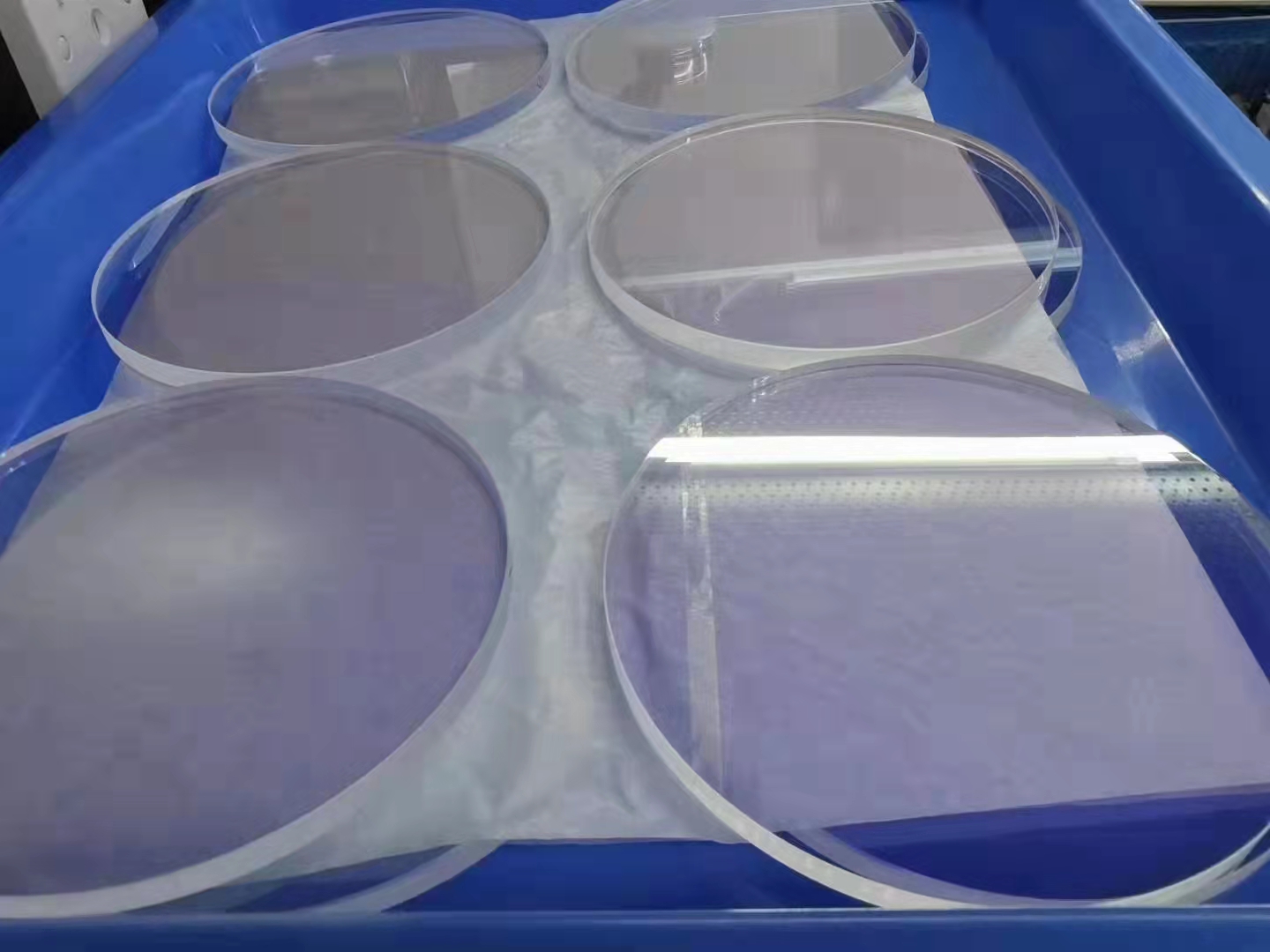
Lens function
1. Because the lens has a strong light-gathering ability, it is used to illuminate the road, not only the road is bright, but also clear.
2. Because the light dispersion is small, its light range is farther and clearer than ordinary halogen lamps. Therefore, it enables you to see things in the distance at the first time, avoiding crossing the intersection or missing the target.
3. Compared with the headlight with traditional lamp head, the headlight with lens type lamp has uniform brightness and strong penetrating power, so it has strong penetrating power no matter in rainy or foggy weather. In this way, oncoming vehicles can receive the light information at the first time to avoid accidents.
4. The lifespan of the HID bulb inside the lens is 8 to 10 times longer than that of ordinary bulbs, thereby reducing the unnecessary trouble of having to change the lamp all the time.
5. The lens xenon lamp does not need to install any power supply system, because the real HID gas discharge lamp must have a voltage stabilizer, 12V voltage, and then convert the voltage to a normal voltage, and stably supply the xenon bulb to emit light. Thereby, it can play a power saving function.
Since the lens bulb is boosted to 23000V by the ballast, it is used to stimulate the xenon gas to achieve high brightness at the moment when the power is turned on, so it can maintain the brightness for 3 to 4 seconds in the case of power failure. This allows you to park ahead of time in an emergency and avoid disaster. This is not possible with traditional halogen lamps.
Different structure
The convex lens is composed of a transparent mirror body ground into a spherical surface on both sides, thin on both sides and thick in the middle
The concave lens is composed of a transparent mirror body that is ground into a concave spherical surface on both sides, thick on both sides and thin in the middle.
Different effects on light
Convex lenses converge light
Concave lens scatters light
different imaging properties
Convex lenses are refractive imaging
The concave lens is "after the light passes through the concave lens, it forms an upright virtual image, while the convex lens forms an inverted real image. The real image can be displayed on the screen, but the virtual image cannot."
Law
1. The lens is represented by the lens symbol (there are two V-shaped marks at both ends of a line segment)
Draw the main optical axis, mark the optical center and the focus, according to the intersection of the two refracted rays of the three special rays of the lens (generally the rays that pass through the optical center and the rays parallel to the main optical axis are better), you can Obtain the characteristics of the image formed by the lens (such as virtual reality, size, positive and negative, etc.).
2. When the lens is imaged, all the light rays emitted by each point on the object that hit the lens are imaged in the same position, blocking a part of it, and it does not affect the imaging of other light rays hitting the lens, so the complete image can still be seen. However, since the light hitting the image is reduced, the brightness of the image on the screen will be dimmed.
Three, convex lens imaging law:
1. A condition that needs to be satisfied for a convex lens to form a real image is (u>f).
2. Conjugate imaging means that the size of the object distance and the image distance can be interchanged.
Micro lens, optical lens, spherical lens, etc. If you want to know more, please contact me

